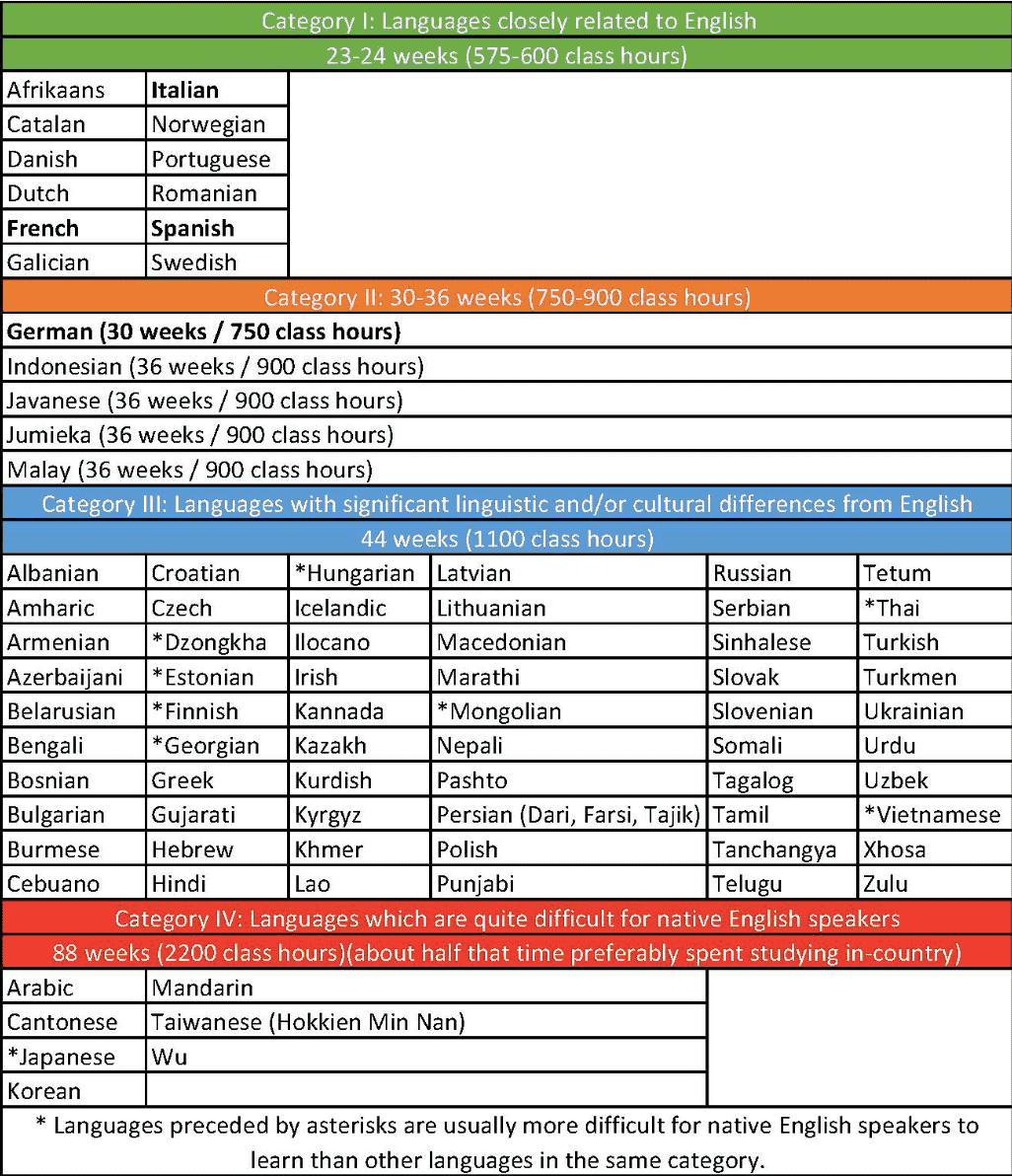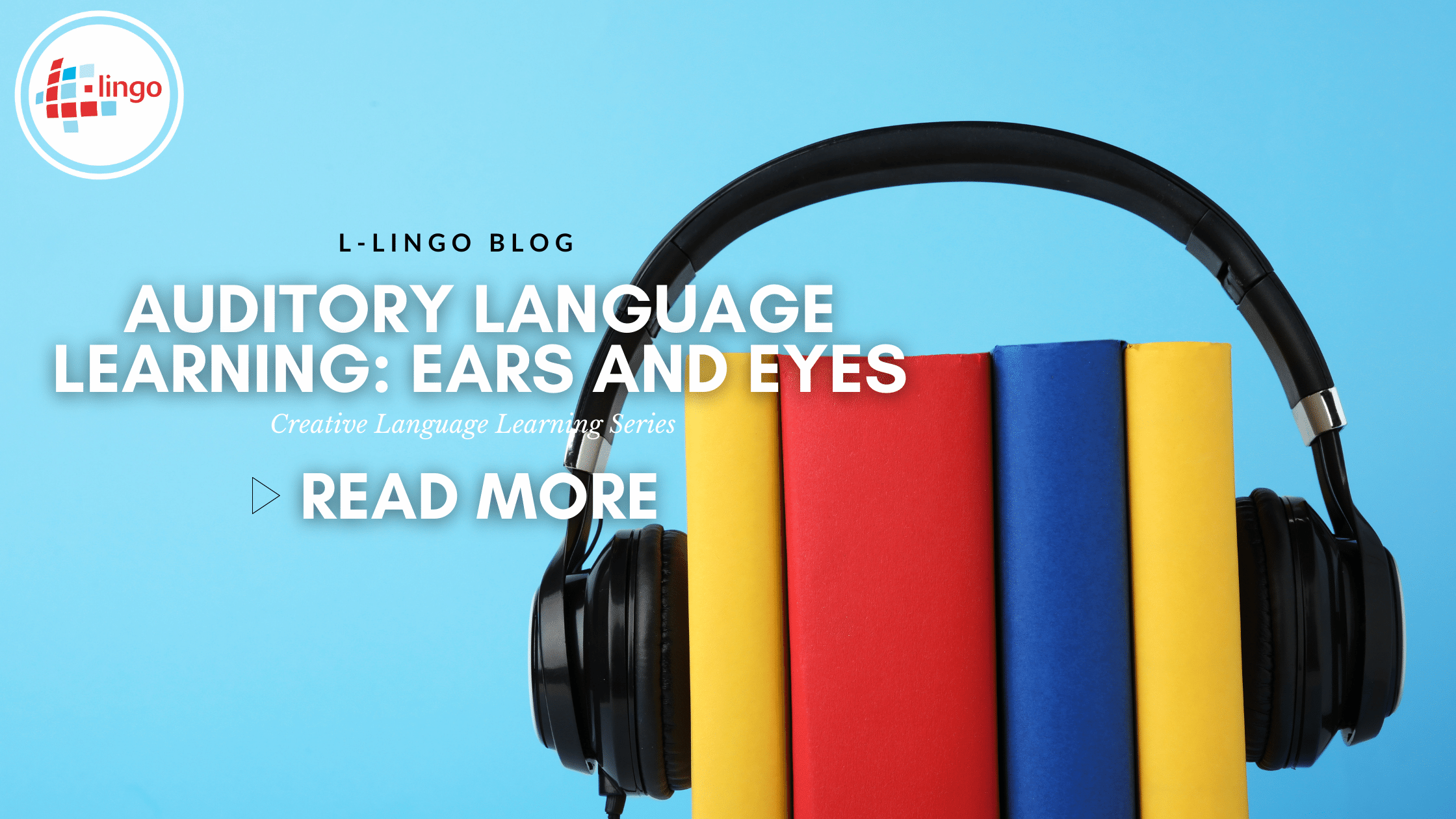So, you’ve finally done it. You’ve decided to join millions possibly billions of other people on the path to learning a second, third, fourth or fifth language. Whatever number you’re on congratulations! You’ve established some sort of reason as to why you want to learn the language, but is that reason set in permanency?
Have you ever started something extremely motivated and full of courage only to have dropped all interests in it a week later? Well, that’s kind of what happens whenever we pursue something without forming attachments to them. What I mean by this is that it’s easier to quit something that has no connection to fundamental things in your life.

Different Aspects Of Permanency
Permanency can be defined as having permanence in one matter or another. To simplify the meaning, it means to have an attachment to something that is fixed. However, permanency comes in many different shapes and forms. Maybe you grew up in a neighborhood where that particular language was spoken, and it became part of your lifestyle. Many people also choose to learn a language because of family heritage or relationships. This aspect of permanence has deep attachments due to historic value and bonds.
But what does all of this has to do with finding the right language?
For example, you’ve decided to learn Korean. That’s great! But if the reason is that “I am in love with a K-Pop model or something similar to that fact, then you might just end up disappointed when you find yourself stacking your textbooks on the shelves never to be seen again a month into your journey. It’s not that the reason behind it isn’t ‘good’ but it lacks one thing, permanence. This example of a reason would have been much better if it was phrased as:
“I’m moving to a Spanish speaking country to finish my undergraduate college career. I’ll be making a lot of new friends and I want to be able to communicate with them to make things easier.”
Here is why this is a much better reason:
- Completing undergraduate college grants you a Bachelor’s Degree (permanence)
- When lifestyle changes are involved (moving to another country, learning another culture, etc.) they’re often more permanent than not.
- It’s a decision that was made to benefit you in the long run.
3 Reasons Why Permanency Matters In More Than Just Language Learning
There are a plethora of reasons as to why you need to have permanency to everything major thing you do in your life. Off the top of my head, one of them is STABILITY. To be in a state of permanence is to be STABLE. If something isn’t stable it’s bound to change its direction, purpose, meaning, etc. In language learning motivation has to be at a constant 100 %, and while this may seem impossible for humans (the beings with less of an attention span than a goldfish), permanency makes it all that more bearable.
Another reason why permanency matters is DIRECTION. Face it, life is a mess. Things are flying everywhere and nothing ever lines up the way we expect it to. It’s one big ugly jumble of things that we are expected to sort through to find the matching pieces. This feature of life is why many people are often shifting back and forth between their goals. The minute life sees us doing something we actually enjoy it tests us by throwing all these distractions into the mix of things. The structure provided by permanence is what affixes us to our path no matter what may come our way. The structure is like the compass in our language learning journey- guiding us through the thick of it all, reminding us of our initial goals.
Learning a language will always require one major sacrifice, time. Time is something that we can never get back, no matter the methods used. Adding something of permanence to your language learning routine will guarantee ASSURANCE, assurance that you won’t abandon all the long hours of study you’ve put into the language. It would be an absolute waste to abandon commitment that seems almost priceless. In fact, this specific rule of permanency applies to just about anything in life. Always be assured in everything that you do in order to prevent regression.

Do You Understand Why It’s Harder Than It Seems?
Think about becoming fit and healthy, everybody wants to, but most people accept the fact that they aren’t willing to go that extra mile to actually become super FIT and super HEALTHY. And for the few people who actually manage to follow through with a gym routine, there is something binding them to that lifestyle. So my question to you all is… What’s binding you to your target language? It can be hard to find something strong enough to hold you in place while learning a language, but with this idea of permanence, it becomes just a bit easier.
Building A Language Learning Habit
You have the power the shape your reality. In other words, you choose your own permanency. There are a number of ways in which you can do this, whether you choose to start off small or take a dive off the ‘cliff’. Depending on your circumstances, one step might be more preferable than the next, but keep in mind that this is your reality. Here are some ways you can integrate the idea of permanency into your language learning journey.
- Listening to music daily.
- Finding hobbies related to your target language culture.
- Switching your phone displays into your target language (you always have it with you, why not?)
- Finding a job that has constant interaction with your target language.
- Getting married to a native speaker.
- Moving to another country to live permanently.
How To Choose The Best Language?
When it comes to actually choose the right language to study there are some things that you should consider, including technical details. While all language serves the purpose of communication, the way in which they are constructed is different. Due to this factor, many learners choose their target language based on things such as time, resources available, travel opportunities, alphabet composition etc. These things don’t eliminate the “follow your heart” part of things, but they certainly do help to make a more logical decision when it comes to finding the right language.
How Does It Relate To Languages I Already Know?
One of the first questions language learners ask themselves is “How easy can I pick up this language with my existing language?” This is a broad question, but it’s a good one. Knowing the elements of a certain language as they relate to your native language is a great strategy to use when determining the ease factor of language learning.
For example, if Melanie decided to learn French having English as her native language, the learning process would generally be less complicated. However, this logic doesn’t entirely mean that there won’t be any significant struggles. At a certain point in Melanie’s language learning journey, there will be no more intersections between English and French. This means that eventually, Melanie would end up learning entirely new concepts that differ from her native language.
In my case, a personal example – my first language is English, my second Japanese and my third Chinese. Now I’m not fluent in Chinese, but having prior knowledge of both Romantic and Asiatic languages I thought this would be a good example to use. After studying Japanese for 3+ years in my undergrad I decided to use the 4th and final year to study Chinese. While I found myself easily identifying kanji (Chinese characters), I also found myself confusing the Chinese readings with the Japanese readings. However, the one thing I did exceedingly well with was forming sentences due to the similar nature of English and Chinese grammar.

More Examples Of Language Relations
Spanish will be easier for a native English speaker because of the similarities between word structure. However, there is still the aspect of speed and intonation that needs to be addressed.
A Chinese native speaker learning Spanish will have much more difficulty familiarizing themselves with the words, sounds, and alphabet.
Swedish is similar to German due to the prefix and suffix construction of words, but after learning basic words the structure of both languages begin to deviate greatly.
The above examples were to show you that being familiar with existing elements of a language can also cause a degree of confusion when it comes to learning those same elements in a different manner. This goes to say, think carefully about what parts of your pre-existing languages support and conflict with each other when learning new languages.
Systematic Ranking Of Languages
In this previous section, we touched on the difficulty of languages as they relate to a learner’s previous knowledge of other languages. However, in this section, we’ll be discussing the general difficulty of some of the most spoken languages globally.
Technically speaking, language difficulty can be divided into four categories.
Speaking: The pace at which the individual is able to achieve fluency and use the language actively.
Grammar: Is this language structure easy to comprehend? Grammar is a major factor in determining the overall ease of a language since it is, after all, the backbone to a language.
Writing: We’ll cover this in the next section of this article.
Understanding: How easy is it to comprehend spoken language at native speeds?
One of the most reputable sources for language difficulty is the FSI (Foreign Service Institute). They are an institute geared towards lifelong learning of various groups of individuals including military personnel, government workers, translators, interpreters etc. The FSI, as a result, has divided language learning difficulty into 5 categories ranking from easiest to hardest.
FSI Language Rankings
*Disclaimer: The FSI has based its findings from the results of English speakers. However, the categorical rankings presented in this chart still holds true for most languages regardless of the individual’s first language.

Writing In Language Learning – An Important Distinction
You wouldn’t normally think of this distinction in language learning, but it exists. In romantic languages the alphabet is ‘written’, but in Asiatic languages to write something means to draw it. In fact, the Japanese word for ‘write’ has the same definition as draw 書く (kaku).

Why is this distinction important?
This linguistic property of language is important because it showcases the diversity of written language. Depending on your creative preferences you’ll want to express yourself in different forms.
Different Types Of Language Scripts
The complete list of language scripts would be far too long and complicated of an explanation to fit into this one article. For simplicity’s sake, we will chalk it up to the top 3 most used scripts in the world.
If you prefer writing, then you may prefer a language with the Roman alphabet integrated into it; English, Spanish, French, German, Dutch, Swedish, Gaelic etc.
On the other hand, if you prefer drawing pictographic representations then you may prefer a language with origins from the Chinese script; Variations of Chinese (Hakka, Wu, Yue, Min, Hakka, Xiang, Mandarin), Japanese(kanji), Korean(hanja).
Side Note: Korean is a special case when it comes to Chinese characters. Up until the 13th century, Korea used Chinese as its official script. However, the script was remodeled into the now Hangul after being ruled too difficult to learn.
There are also many other families of languages with different scripts that incorporate the idea of drawing into their alphabet such as the Arabic script. Some languages that make use of this script include Azerbaijani, Baluchi, Brahui, Persian, Pashto, Central Kurdish, Urdu, Sindhi, Kashmiri, Punjabi, and Uyghur.
For a complete list of alphabets and writing systems, you can check out this link. This way you’ll be able to explore the huge collection of written systems humanity has managed to amass over the course of time.
Examining The Number Of Speakers
Another factor you may want to consider is the number of native speakers in the language you want to learn. This is important because it sets the stage for how you plan to use the language in the future. Whether it be volunteer work, foreign service work or exploring the globe understanding this variable will prove to be most favorable.
What’s Your Language Learning Budget?
While it can be absolutely free to learn a language, eventually you’re going to need some additional resources. Money shouldn’t be a part of such a priceless decision but unfortunately, that’s the reality of the world we live in today. With that being said, money shouldn’t be a final determining factor as to whether you decide to learn a language or not, but it’s best to keep it in the back burner of your mind.
How Determined Are You?
All languages require an extensive amount of work, some more than others. There will be times when you feel like quitting, and there will be times when you actually quit. The important thing here is that you have the willpower to keep going. Can you picture yourself sitting down at a table every day and using the language? Furthermore, can you see yourself using it every day as a permanent part of your lifestyle? Gauge your determination by asking these questions.
Remember The Relationship Between Permanency
It’s crucial that you maintain the relationship between language learning and permanency at the end of the day. We know, languages are cool. However languages require serious commitment, and this kind of commitment is best found within the idea of permanency. Naturally, there are still technical factors to consider when choosing a language, but the relationship between permanency must be maintained at all costs.

Worksheet
Finding The Right Language Worksheet




